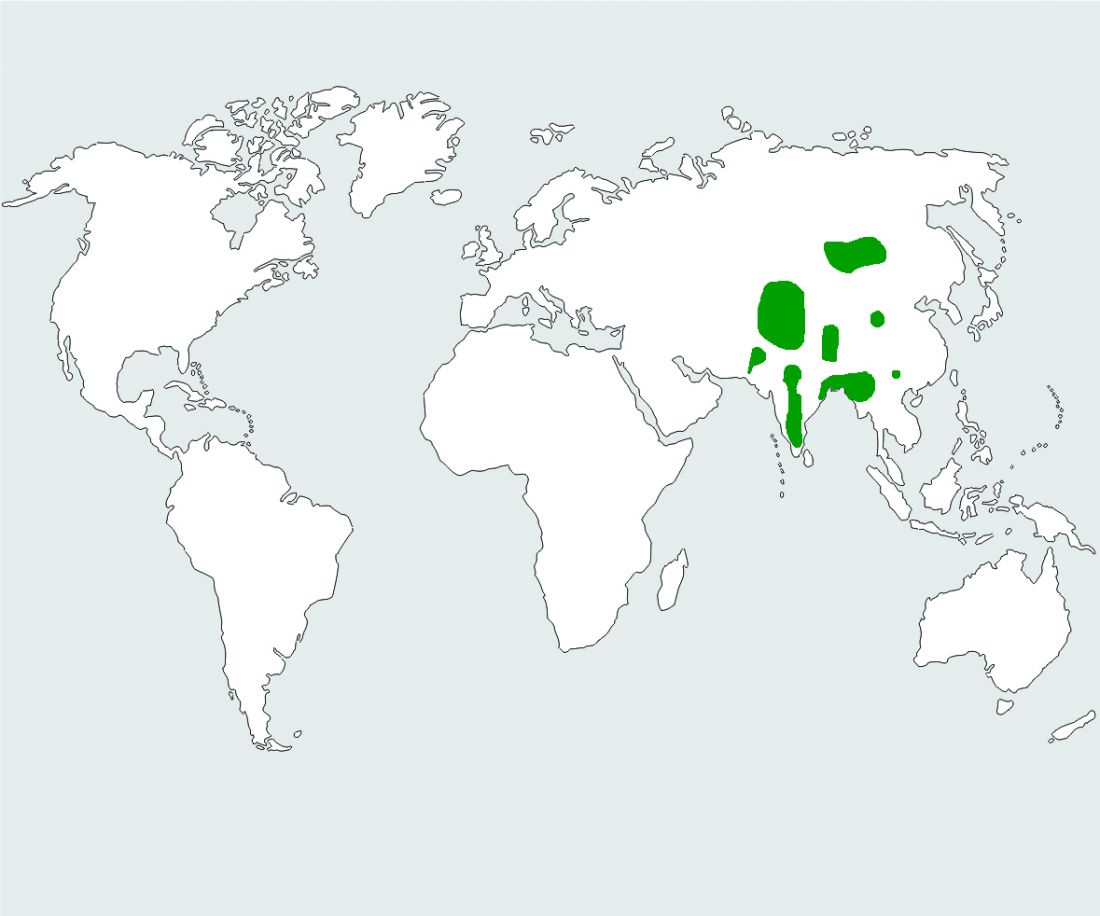During the migration between the winter and the breeding area many bar-headed geese have to cross the Himalayas. Sometimes they reach flight heights of over 9000 meters: bar-headed geese have already been seen flying over Mount Everest. They survive the lack of oxygen at these hights because of a special adaptation: the red blood pigment hemoglobin is different than the one of mammals or other birds. Because of it they are able to absorb oxygen particularly quickly at low pressure. The trigger is a single mutation by which the amino acid proline in the alpha chain of hemoglobin (α-globin) is replaced by alanine.
Kategorie: Vögel
Gewicht: 2-3kg
Größe: Length 70-75 cm
Brutdauer: 30 days
Lebensalter: about 20 years
Geschlechtsreife: 2-3 years (monogamous)
Reproduktion: 4-5 eggs
Nahrung: Parts of aquatic plants, grasses, roots, sprouts, in winter also grains and root tubers, seaweed be an important food component when near the coast. Insects, small crustaceans, molluscs such as snails and even small fish can be added to this basis.
Lebensweise: Most of the time the geese feed at night or shortly after sunrise or before sunset. Especially in their wintering area they usually fly back and forth in large flocks between the separate resting and pasture grounds. Like most types of goose they are very social, social-loving animals.
Gefährdung: not endangered, although the population is slightly declining
Verbreitung (ursprünglich): Bar-headed geese are migratory birds that move back and forth between their breeding and wintering areas every six months. The former are mainly in the high lands of Central Asia, in South-East Russia, Tibet, parts of Northern India, Pakistan, Bangladesh, Nepal and Burma; some birds only migrate from the highlands of Tibet to lower areas
Verbreitungsgebiet:
